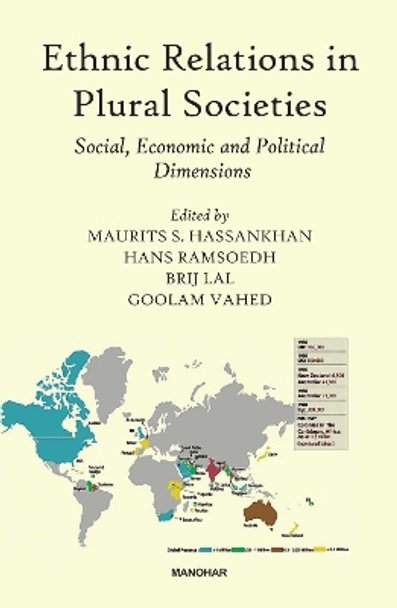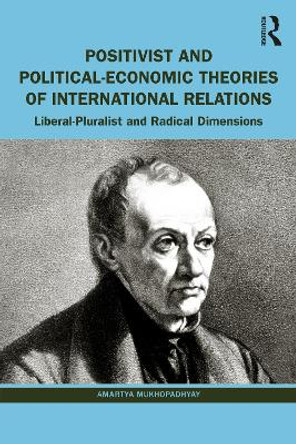One of the main legacies of slavery and indentured labour is the existence of multi-ethnic and multicultural societies in former tropical colonies of the European empires. After the abolition of slavery, the indentured labourers were brought to the plantation colonies in order to meet the need for cheap labour for the production of tropical goods. From the beginning, they faced a situation in which they were regarded as competitors for the freed slaves and/or the local population. At the same time, in various cases, the freed slaves and their descendants considered themselves as the indigenous people, and were treated as such by the colonial governments. In their perspective, the colonial governments spent too many resources on the immigration of foreign labourers, resources that could have been used to improve the socio-economic situation of the descendants of the former slaves. To this date, this historical past overshadows the relations between different ethnic groups in so called plural societies.
About the AuthorMaurits S. Hassankhan is a historian from the Anton de Kom, University of Suriname. He has published on indentured labour, migration, diaspora and ethnic relations. Hans Ramsoedh is a historian of Surinamese origin living in the Nether lands. He has been one of the editors of the journal OSO, and has published extensively on different aspects of the history of Suriname. Professor Brij Lal was a well-known historian from Fiji who has published on indentured labour, the history of Fiji and the Pacific Islands.
Book InformationISBN 9788119139224
Author Maurits S. HassankhanFormat Hardback
Page Count 378
Imprint Manohar Publishers and DistributorsPublisher Manohar Publishers and Distributors
Dimensions(mm) 240mm * 160mm * 50mm






